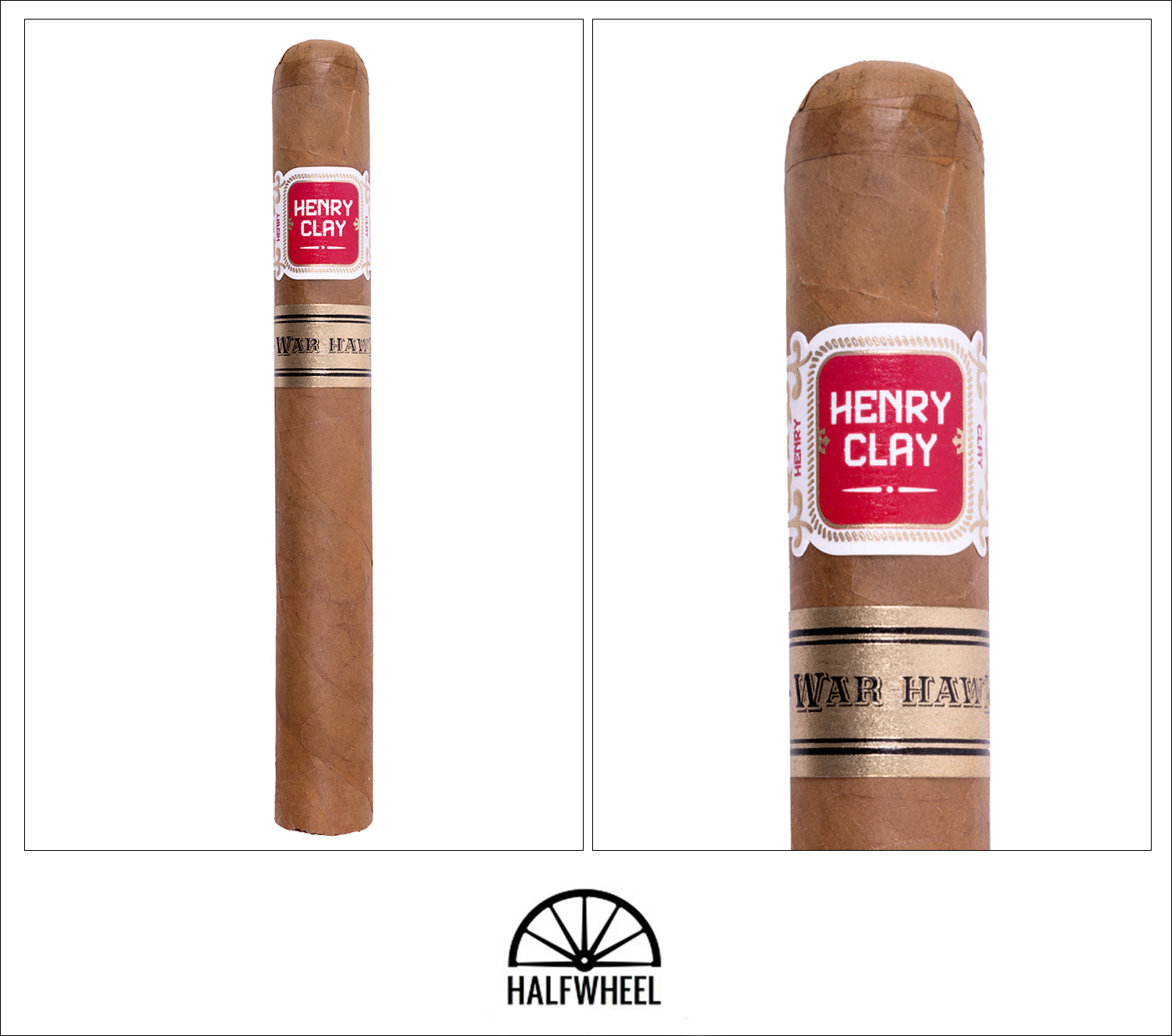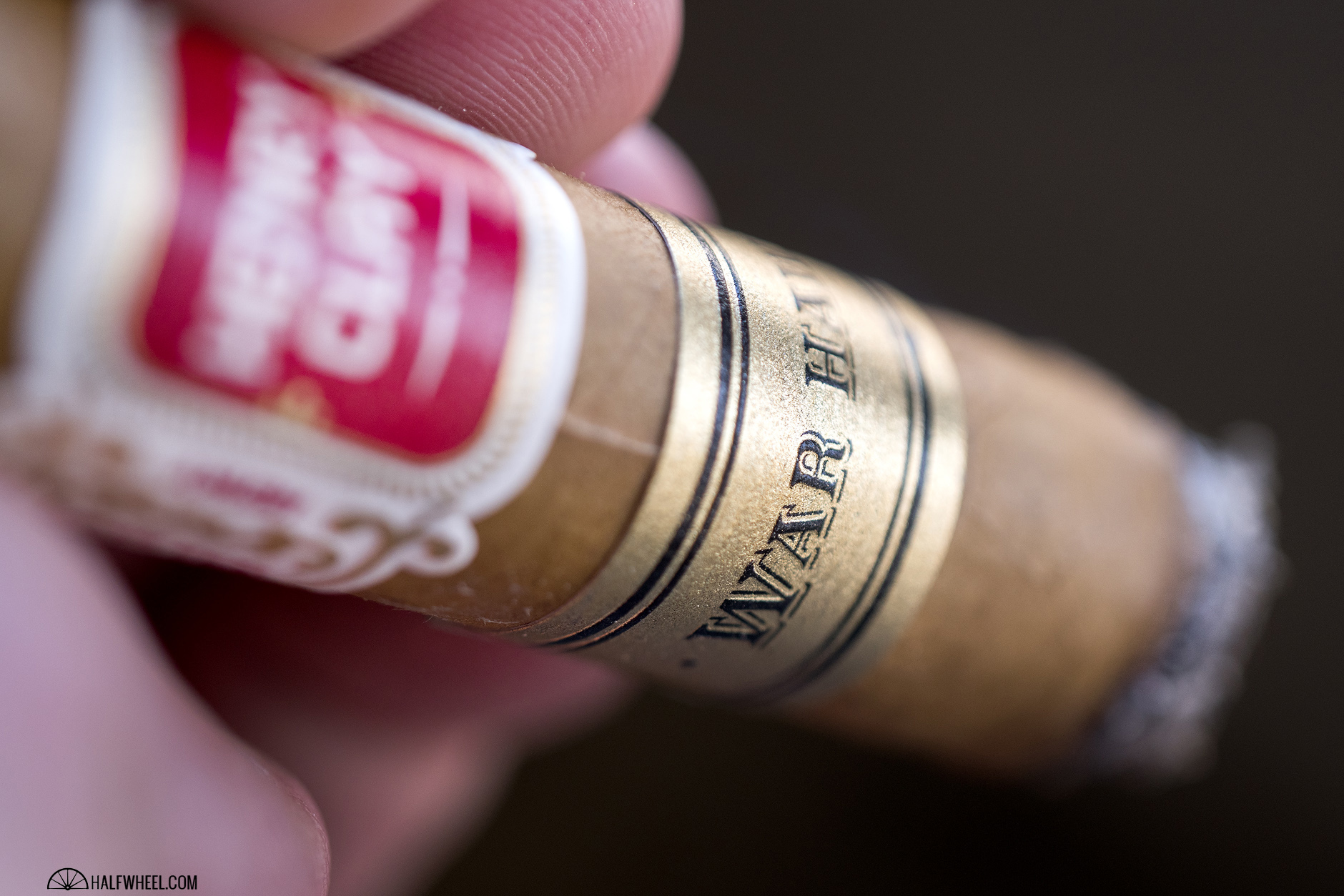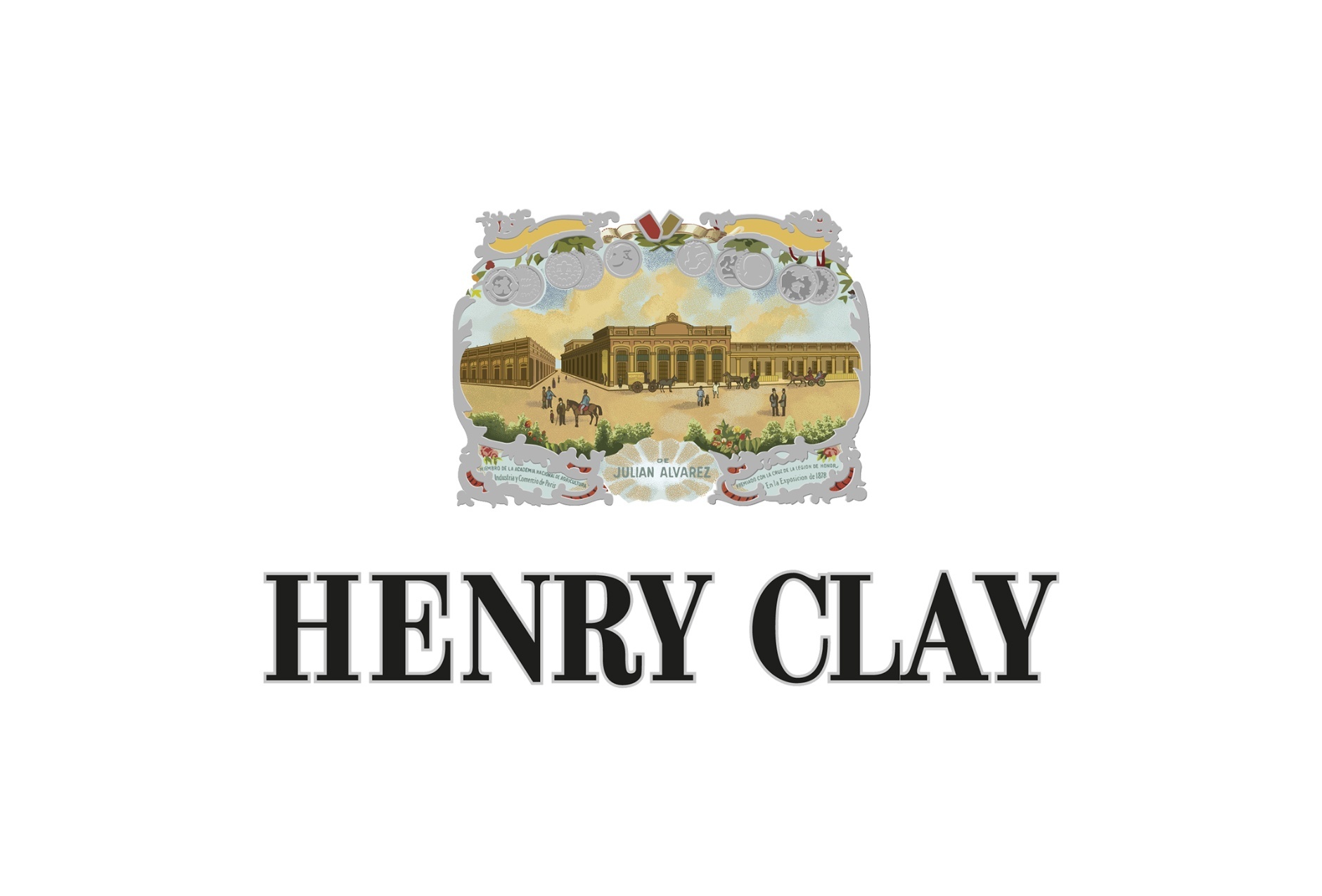In March 2019, Altadis U.S.A. shipped a cigar that broke with a number of norms for the company’s Henry Clay brand. Named War Hawk, the new regular production release is not only being rolled at the Flor de Copan factory in Honduras instead of Tabacalera de García in La Romana, Dominican Republic—where most of the Henry Clay cigars have historically been made—but it also changes up the wrapper that the brand is known for.
Specifically, the War Hawk uses an Ecuadorian Connecticut leaf as its wrapper, while the Connecticut broadleaf that the brand is well-known—some would say “famous”—for utilizing as a cover leaf has been moved to the binder slot. For the filler, the internal blend is made up of tobaccos sourced from the country of Honduras.
According to a press release from Altadis U.S.A., the War Hawk moniker was inspired by the term given to American politician Henry Clay and people like him in political circles who favor war “as an ultimate resolution of a conflict.” Interestingly, the War Hawk was announced as the first release in Immortal Trio Series, which may refer to the historical nickname given to Clay, Daniel Webster of Massachusetts and John C. Calhoun of South Carolina who were known as the Immortal Trio due to their influence in American politics during the first half of the 19th century.
The Henry Clay War Hawk line includes three different sizes that began shipping to retailers on March 27, 2019 packaged in boxes of 25:
- Henry Clay War Hawk Corona (5 1/2 x 44) — $7 (Box of 25, $175)
- Henry Clay War Hawk Robusto (5 x 54) — $7.50 (Box of 25, $187.50)
- Henry Clay War Hawk Toro (6 x 50) — $8 (Box of 25, $200)
Here is what I wrote in my original review almost exactly a year ago:
I am always in favor of companies trying experimenting with different things, and it turns out that utilizing the Connecticut broadleaf as a binder while wrapping the cigar in a lighter Ecuadorian Connecticut was an extremely good idea. The result is a blend that is both creamy on the palate and spicy on the retrohale, not to mention the slight banana sweetness that is present throughout. I have thought that Henry Clay is one of the most underrated blends on the market since Pete Johnson turned me onto them back in 2009 and the War Hawk continues that tradition: an enjoyable, well-balanced release that just about anyone who loves cigars will most likely enjoy.

- Cigar Reviewed: Henry Clay War Hawk Toro
- Country of Origin: Honduras
- Factory: Flor de Copan S.A.
- Wrapper: Ecuador (Connecticut)
- Binder: U.S.A. (Connecticut Broadleaf)
- Filler: Honduras
- Length: 6 Inches
- Ring Gauge: 50
- Vitola: Toro
- MSRP: $8 (Box of 25, $200)
- Release Date: March 27, 2019
- Number of Cigars Released: Regular Production
- Number of Cigars Smoked For Redux: 1
In terms of outward appearance, the War Hawk is virtually identical to the samples I remember from the first review, including the golden brown wrapper that almost glows in the sunlight. The wrapper leaf is fairly smooth to the touch, but the cigar itself is a bit lighter than I expected and there are plenty of veins running up and down its length. Aroma from the foot and the wrapper include a combination of sweet hay, barnyard, cedar, nuts and vanilla sweetness, while the cold draw brings flavors of rich raisin sweetness, dark chocolate, earth, almonds, leather and lemon peel.
During the first few puffs of the Henry Clay War Hawk I am immediately inundated with both spice and white pepper—on my tongue and the retrohale respectively—although neither is strong enough to overwhelm the flavors in the profile. Those aforementioned notes include a dominant creamy Nutella flavor—basically, a combination of dark chocolate and hazelnuts—interspersed with cedar, hay, leather, gritty earth, lemon citrus and a touch of floral. The rich raisin sweetness from the cold draw is also in full force on the retrohale, while the spice on my tongue shows no signs of dissipating any time soon. While the second half of the Henry Clay War Hawk features some minor changes—most notably in the secondary flavors, which now include bread, butter, cloves and more lemon—the Nutella note easily retains the top spot until I put the nub down. In addition, the rich raisin sweetness on the retrohale also has no issues remaining strong enough to impact the overall profile in an extremely positive way, while the spice on my tongue actually increases a tiny amount just before the end of the cigar.

Construction-wise, the War Hawk gives me no issues in terms of draw after a simple straight cut, and while the burn does have to be corrected once near the end of the first third, it has no trouble keeping on course after that. Smoke production is a bit thin but still easily within normal limits, while the well-integrated strength hits a point just over the medium mark just as I put the nub down after one hour and 42 minutes of smoking time.
From the first cold draw pull that was filled with a rich, dense flavor of aromatic raisin sweetness, I had a feeling this cigar was going to be very different compared to the first time around, and I was not surprised in that regard. While the cigars in my original review featured dominant flavors of both almonds and sweet bananas, during a year of age that profile has changed to now include dominant notes of Nutella and raisin sweetness with enough lemon peel citrus and floral notes to keep things interesting. Having said that, two things have not changed, specifically the construction—which was excellent—and the amount of spice, which was noticeable on my tongue from pretty much the first puff to the last. I was very interested to see how a cigar with an Ecuadorian Connecticut wrapper and Connecticut broadleaf binder aged, and at least in the case of the Henry Clay War Hawk I have my answer: very, very well after one year.


